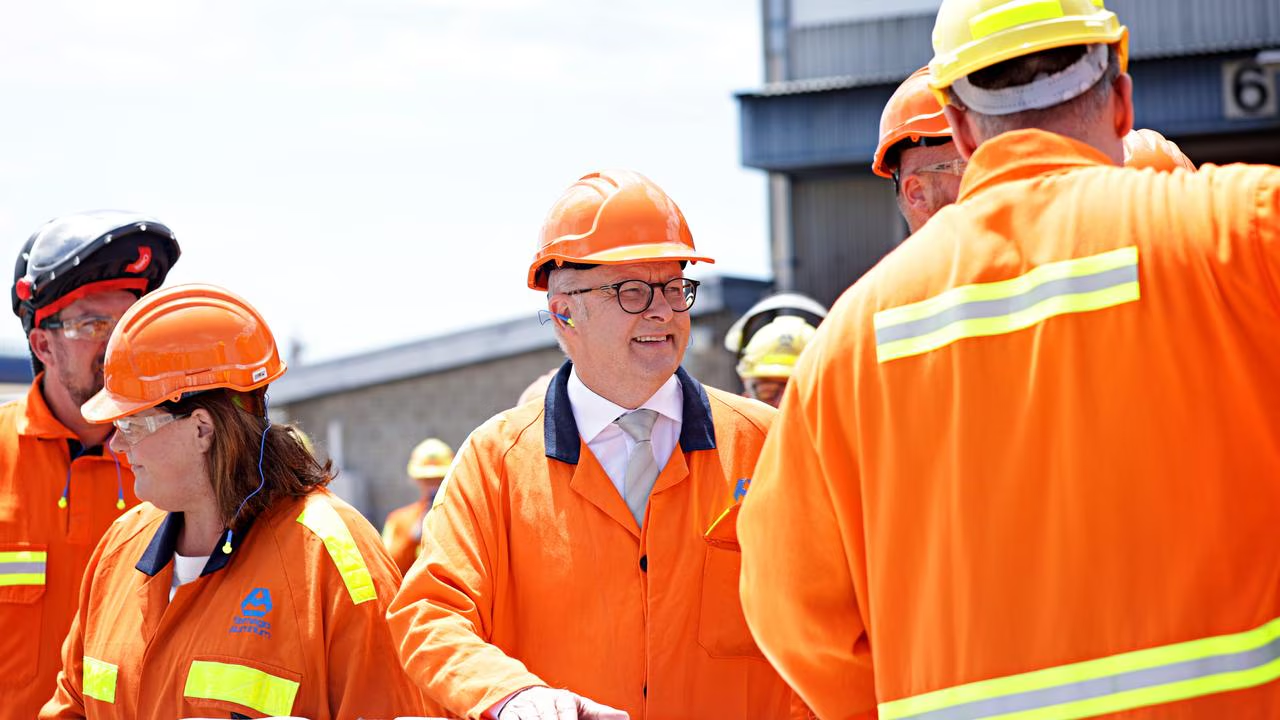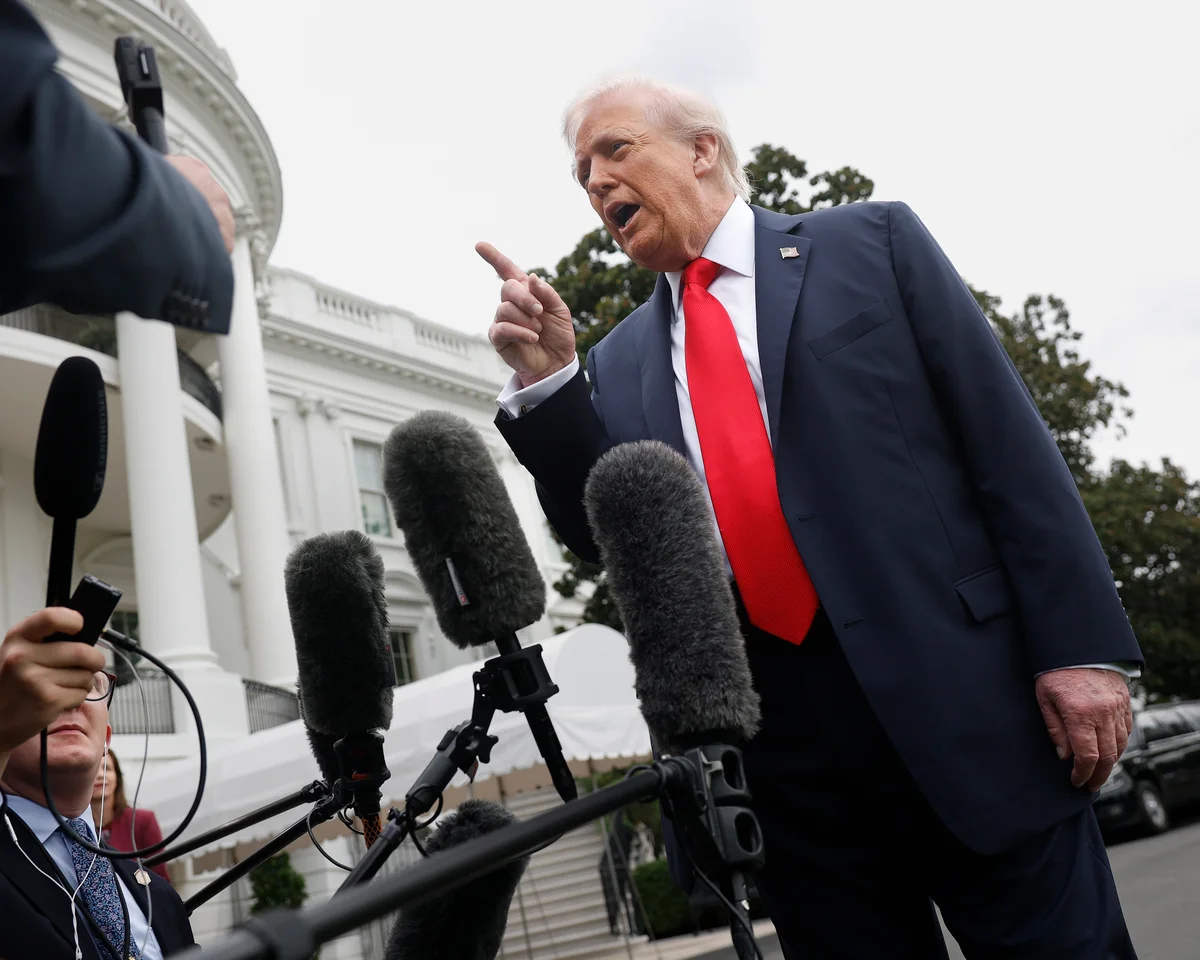A Defining Choice for the Future
Australia stands at a crossroads in September 2025, as the Albanese government prepares to unveil its 2035 emissions reduction target, a decision dubbed a “sliding doors moment” by climate advocates. This target, part of Australia’s Nationally Determined Contribution (NDC) under the Paris Agreement, will shape the nation’s environmental, economic, and social trajectory for decades. With global warming’s impacts intensifying, the stakes couldn’t be higher for future generations.
The Context of Australia’s Climate Commitment
Why the 2035 Target Matters
The 2035 target is Australia’s pledge to the world, outlining how it will cut greenhouse gas emissions to limit global warming to 1.5°C above pre-industrial levels. It builds on the 2030 goal of a 43% reduction from 2005 levels and sets the path to net zero by 2050. Climate Council CEO Amanda McKenzie calls it a “critical moment” for Australia’s safety, prosperity, and environment.
The Paris Agreement and Global Pressure
Signed in 2015, the Paris Agreement requires countries to submit updated NDCs every five years, with 2035 targets due by September 2025. Australia’s ambition is under scrutiny, especially as it bids to co-host COP31 in 2026 with Pacific nations, who face existential climate threats. A weak target could undermine Australia’s global credibility.
Australia’s Climate Reality
Australia’s emissions are down 28% from 2005, but progress is uneven, with fossil fuel industries barely budging. The National Climate Risk Assessment, released September 15, 2025, warns of catastrophic impacts—1.5 million people at risk from coastal flooding by 2050, soaring heatwave deaths, and ecosystem collapse—if warming exceeds 2°C.
The Labor Government’s Approach
The Climate Change Authority’s Guidance
The Climate Change Authority (CCA), chaired by former NSW Liberal treasurer Matt Kean, advises a 65–75% emissions cut by 2035, deemed ambitious yet achievable with bold action. Final advice, delayed by global shifts like the U.S. withdrawal from the Paris Agreement under President Trump, was delivered to Climate Minister Chris Bowen in September 2025.
A Target Range, Not a Single Number
Unlike the single-point 43% target for 2030, Labor is likely to announce a range for 2035, balancing ambition with feasibility. Treasury officials revealed the target might be a single figure, but Bowen has hinted at a range to navigate political and economic pressures, with cabinet approval expected by September 18, 2025.
Political Dynamics at Play
Labor faces internal and external pressure. A cross-factional group of MPs, including newcomers like Jerome Laxale, pushes for a target at or above 70%, while the Business Council of Australia (BCA) warns that exceeding 70% could cost $530 billion and risk exports. The Greens demand net zero by 2035, calling anything less a “step backwards.”
The Stakes for Future Generations
Environmental Impacts
A strong 2035 target could curb the worsening bushfires, floods, and heatwaves plaguing Australia. The Climate Risk Assessment projects disaster recovery costs rising by $40 billion annually without action. Protecting ecosystems like the Great Barrier Reef hinges on rapid decarbonization.
Economic Opportunities and Risks
A high target could position Australia as a green energy leader, attracting trillions in global investment. Christiana Figueres, former UN climate chief, calls a 75% target “Australia’s ticket to prosperity.” But the BCA warns of economic strain, estimating 59,000 new workers needed for renewable projects.
Social and Equity Concerns
Climate inaction disproportionately hits vulnerable communities—rural areas, Indigenous groups, and low-income households. A robust target, paired with policies like the Safeguard Mechanism, could ensure a fair transition, creating jobs in renewables while protecting those hardest hit by climate impacts.
A Personal Perspective on the Climate Crisis
A Parent’s Worry
As a parent, I think of my kids growing up in a world where Sydney’s summers could hit 50°C by 2050. I remember the 2019 bushfires, the sky choking with smoke, and my neighbor, a firefighter, describing the terror of unstoppable flames. A weak 2035 target feels like a betrayal of their future.
The Hope of Action
I spoke with a friend who works at a solar startup in Melbourne. She’s thrilled about Labor’s renewable push but worried about political compromises. “If we aim low now, we’re locking in decades of struggle,” she said. Her optimism for green jobs clashes with the fear of half-measures, a tension many Aussies feel.
Comparing Australia’s Target to Global Peers
| Country | 2035 Target (% below 2005) | Baseline Year | Key Policies |
|---|---|---|---|
| Australia | 65–75% (proposed) | 2005 | Safeguard Mechanism, renewable investments |
| United Kingdom | ~78% | 2005 | Carbon budgets, offshore wind expansion |
| Canada | 45–50% | 2005 | Carbon pricing, EV mandates |
| New Zealand | 51–55% | 2005 | Emissions Trading Scheme, forestry offsets |
| Norway | 70–75% (1990 baseline) | 1990 | High carbon tax, renewable energy focus |
This table shows Australia’s proposed target is ambitious but trails the UK’s bold 78% cut, reflecting stronger policies like carbon budgets. Canada and New Zealand lag behind, while Norway’s 1990 baseline makes its target tougher.
Pros and Cons of a High 2035 Target
Pros:
- Global Leadership: A 75% target strengthens Australia’s bid to host COP31 and inspires Pacific neighbors.
- Economic Growth: Spurs investment in renewables, creating jobs in solar, wind, and hydrogen.
- Climate Protection: Reduces risks of floods, bushfires, and coral bleaching, safeguarding ecosystems.
- Equity: Prioritizes vulnerable communities through a just transition.
Cons:
- Economic Costs: Requires $435–$530 billion in investment, per BCA estimates.
- Export Risks: Could curb $100–$150 billion in coal and gas exports annually.
- Political Pushback: Faces resistance from business groups and the Coalition, risking voter backlash.
- Implementation Hurdles: Needs rapid renewable rollout and workforce expansion.
The Path to Achieving the Target
Strengthening Existing Policies
Labor plans to enhance the Safeguard Mechanism, which caps emissions for heavy polluters, and the $15 billion National Reconstruction Fund to boost green industries. These tweaks aim to drive the 65–75% cut without a carbon tax, though some experts argue a tax is inevitable for higher ambition.
Renewable Energy Expansion
Australia’s renewable sector, already at 35% of grid power, must grow rapidly. The Capacity Investment Scheme supports new solar and wind projects, but the CCA warns an extra 8 GW of utility-scale renewables is needed by 2030 to hit targets. Community support for infrastructure is crucial.
Tackling Hard-to-Abate Sectors
Transport and industry, major emissions sources, require bold action. Electrifying vehicles and improving public transport could cut transport emissions, projected to be Australia’s largest source by 2030. Agriculture can reduce emissions through innovations like algae-based livestock feed.
People Also Ask (PAA)
What is Australia’s 2035 emissions reduction target?
Australia’s 2035 target, expected to be announced on September 18, 2025, is likely a 65–75% reduction from 2005 levels, per CCA advice. It will be submitted to the UN as part of the Paris Agreement’s NDC.
Why is the 2035 target called a “sliding doors moment”?
Climate advocates like Amanda McKenzie call it a “sliding doors moment” because it will shape Australia’s climate, economy, and social equity for decades. A strong target could secure prosperity; a weak one risks catastrophic impacts.
How does Australia’s target compare to other countries?
Australia’s proposed 65–75% cut is ambitious but below the UK’s 78% target. Canada (45–50%) and New Zealand (51–55%) aim lower, while Norway’s 70–75% uses a tougher 1990 baseline.
Where can I find updates on Australia’s climate policies?
Track updates via Climate Change Authority or The Guardian Australia. For real-time insights, follow climate discussions on X or check ABC News.
FAQ Section
What is the Paris Agreement, and why does it matter for Australia?
The Paris Agreement, signed in 2015, commits countries to limit global warming to 1.5–2°C through NDCs updated every five years. Australia’s 2035 target is critical for global credibility and protecting Pacific neighbors.
Will Labor legislate the 2035 emissions target?
Unlike the 2030 target, Labor may not legislate the 2035 target due to political risks, as Minister Chris Bowen noted. Legislation depends on support from the Greens and independents in the Senate.
How can Australia achieve a 75% emissions cut by 2035?
Achieving 75% requires scaling renewables, electrifying transport, and reforming agriculture. Policies like the Safeguard Mechanism and National Reconstruction Fund will drive progress, alongside community-backed renewable projects.
What tools can track Australia’s climate progress?
Use Climate Action Tracker for global comparisons, Climate Council for local insights, or government data at Climate Change Authority. X offers real-time updates from advocates.
Why do some oppose a high 2035 target?
Business groups like the BCA warn a 70%+ target could cost $530 billion and hurt exports. The Coalition argues it burdens households, while some Labor MPs fear political backlash.
A Call to Seize the Moment
Australia’s 2035 emissions target is more than a number—it’s a choice between a thriving, green future or a world ravaged by climate chaos. As a nation that’s felt the sting of bushfires and floods, we can’t afford to aim low. Labor’s decision, expected on September 18, 2025, will echo for generations. Support bold climate action by engaging with groups like the Australian Conservation Foundation or urging your MP to back a 75% target. Let’s choose the door that leads to a safer, fairer Australia.




